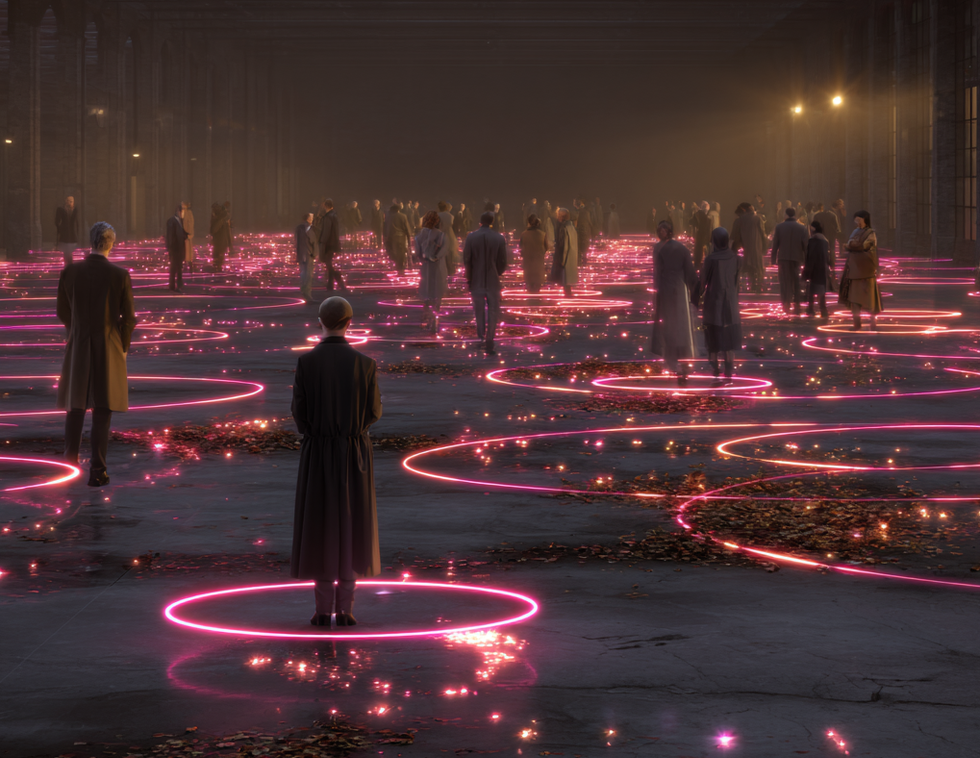Rumor has it that The Walt Disney Company may be considering adding a dynamic pricing plan to its US theme parks sometime in 2025.
The concept is known in other industries as surge pricing, where the more popular or in need a product becomes, the more expensive the price will become, dynamically increasing on the fly as the user demand increases.
If you’ve taken a ride share out to an event from Uber or Lyft, then you likely experienced this effect when you noticed that the price of your ride home at the end of a game or concert performance was significantly higher than the cost you paid to get to the venue earlier.
The surge pricing effect kicks in when the entire audience leaves the venue and tries to hail rides simultaneously. This causes a significant increase in demand for the service from the same location.
Pricing can often be several times more expensive than you were expecting based on your initial ride cost earlier in the day.
Airlines are also an industry that uses surge pricing, because only a certain number of seats are available on a flight.
As the flight gets fuller, the price for those remaining tickets will increase. However, in the case of an airline, there are some increases in operating expenses that come from flying a fully loaded airplane in contrast to a flight that may only be 20% full. For example, a fully loaded airplane will require more fuel to make the journey than flying at only half of the max weight capacity.
Dynamic pricing at Disney
Disney theme parks have no such excuses in my opinion.
Typically, the hours of operation and the number of attractions staffed are already set well before the day itself. Any variation there has already been covered by Disney’s previous pricing strategy of creating various pricing ‘tiers’ for its parks, based on attendance projections.
So for the past several years, if you wanted to buy a ticket to visit a Disney park at the Disneyland Resort in California or any of the Walt Disney World theme parks in Florida, you already had to play a little pricing game.
Ticket prices were based on which one of the parks you wanted to visit, as well as what day of the week and time of year you were trying to visit.
For example, a ticket to visit Disney’s Animal Kingdom on a slow Tuesday afternoon in an off-season month in 2024 would have cost you around $119 before tax. But if you want to visit the same park on a Saturday in July, your price would rise to $164 per ticket. If you decided to visit the Magic Kingdom instead of Animal Kingdom, you could expect to pay $189 + tax per ticket.
That’s the way things work now. But now, on top of all of this (and the fact that you still have to make a reservation to visit a Disney theme park at the Disneyland Resort in California), Disney wants to add this new surge pricing concept.
That means, if you didn’t buy your ticket in advance, but waited until the day of your visit, or even waited to buy your ticket in person at the park, the prices can increase even further based on how crowded the parks are at the time you are trying to make your purchase.
Flattening demand
Gone is the ability to research how much your ticket will cost and then call family or friends to try and organize a group trip. By the time you come back to purchase your ticket, you may find an entirely new price.
I don't quite get the reason behind this decision by Disney to bring in dynamic pricing. Visiting a Disney park on a very crowded day usually results in a sub-par experience. So, from an operational standpoint, the only point of raising ticket prices as the day goes on is to act as a deterrent to persuade some potential guests from visiting the parks at all.
Could it provide a gentle nudge to push more guests into visiting parks having a slower attendance day than the others? For example, the Magic Kingdom is almost always busy. But what if Disney’s Hollywood Studios or Animal Kingdom were experiencing an unusually slow day? In that case, offering a cheaper ticket price for those parks could potentially spread the crowds out a bit more.
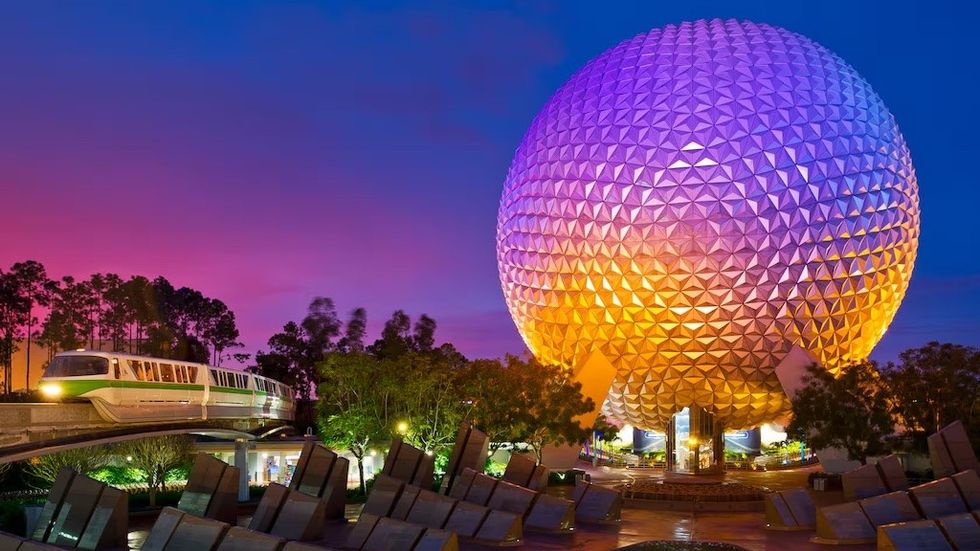
On the flip side of the issue, I’d love to see the system used in reverse. Perhaps to offer a cheaper ticket option to visit a park like Epcot in the evening.
Many long-time Disney World guests may recall that Disney offered an after 5 pm discount ticket to Epcot once upon a time.
Those guests were typically looking to just come into the park as a friends night out (or a date). They would eat dinner, enjoy the nighttime atmosphere and watch the nightly fireworks spectacular over the lagoon and leave, often without even bothering to try to ride on any attractions.
While this would be a nice use of dynamic pricing by Disney, I don’t see it happening.
Is Disney pricing out of control?
To me, the pricing of Disney parks has not only got entirely out of control from a value standpoint, but the entire park experience is now needlessly complex and overbearing. Especially once you factor in all the new upcharge attraction experience systems that seem to be constantly changing.
Just when you felt you had a grasp of the Disney Genie + system, they cancel it to focus on the more profitable Lightning Lane system, now offering both single and multi-pass options, where the prices of those experience as also constantly in flux, based on expected seasonal demand, as well as any current queue demand data from what is going on once you are actually in the parks.
One other disturbing trend will likely come from this. As the prices of a Disney theme park experience will constantly be in flux, this also removes the actual “event” of Disney announcing an across the board price increase that will occur on a specific day.
Instead, every day can be a price increase day. Instead of having any hard data to compare current prices to those from the past, you’ll only know what you are being asked to pay on a day-to-day basis, with prices able to be changed hour by hour of each day.
Dynamic pricing at Disney in Paris
From what I’ve been able to determine, The Walt Disney Company has been testing this new surging pricing concept at the Disneyland Paris Resort since mid-November 2024.
According to the official website, the price you see is only valid for 60 minutes. Then it is subject to change, based on the current seasonal and daily demand for each theme park.
So far. I haven’t heard much fuss about this yet from those visiting the Paris park. But we’re still in the system's early days. The Paris resort has been used as a testing ground to work out all the kinks.
Based on the latest rumors, we could see the new surge pricing implemented at the US Disney parks as early as March or April, when the various Spring Break crowds descend upon the theme park resorts. To that, I can only suggest that if you are planning a trip yourself, you might want to buy your tickets in advance, while you can still control what price you are paying.
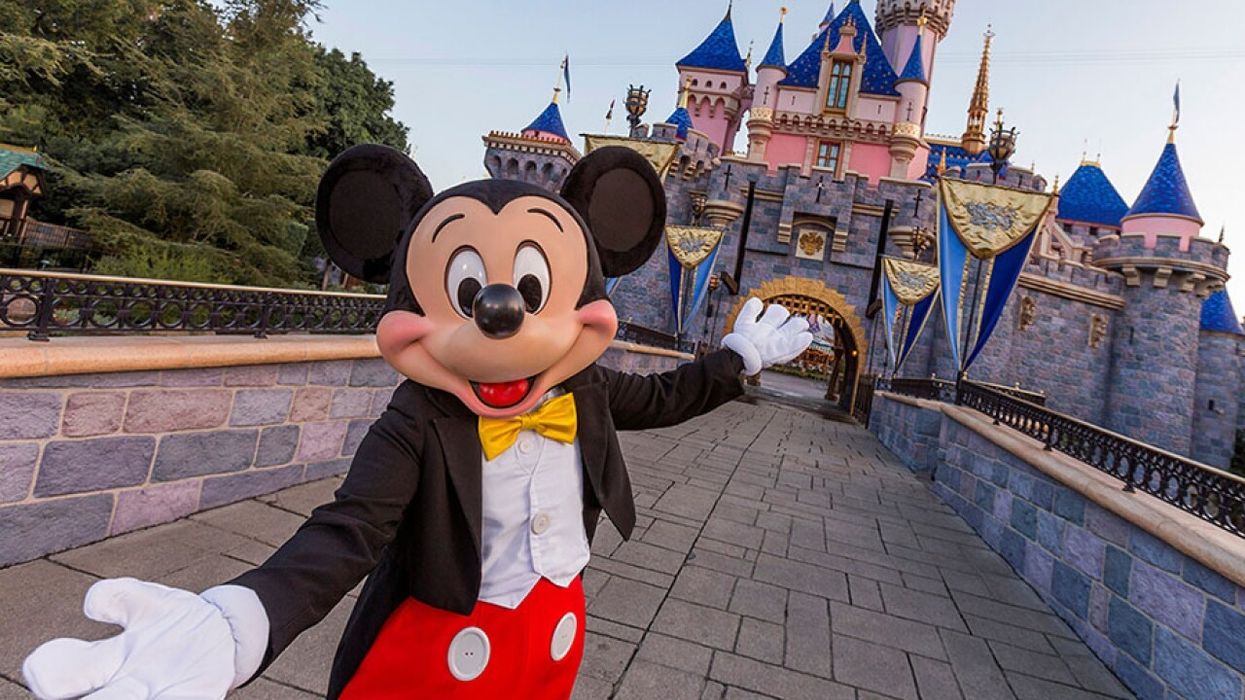



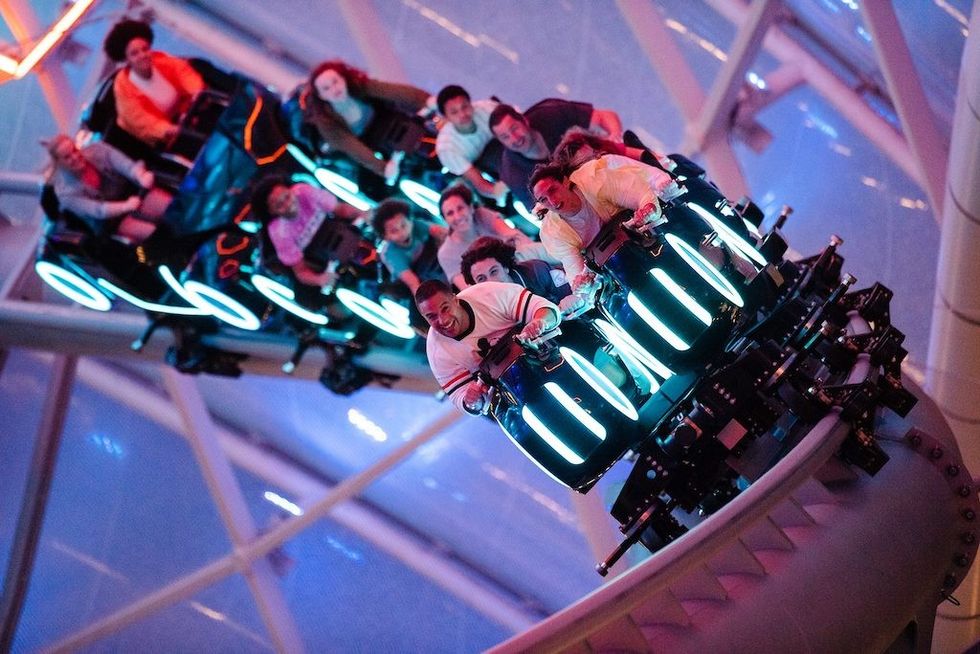


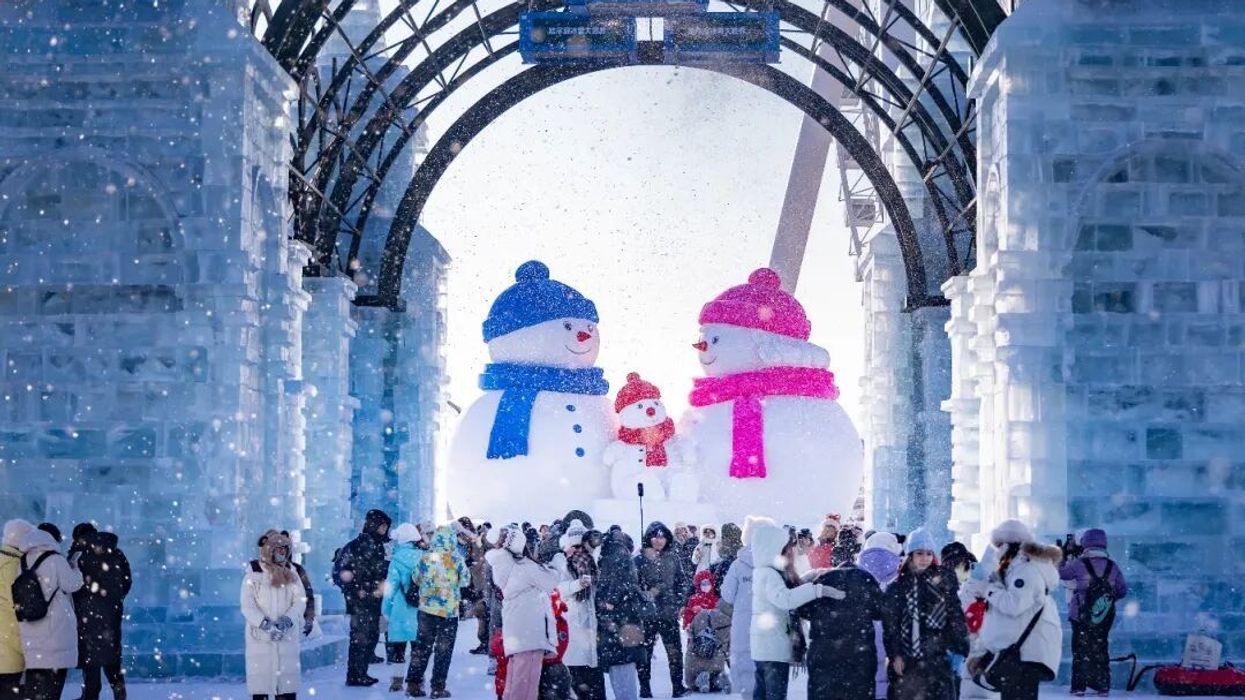

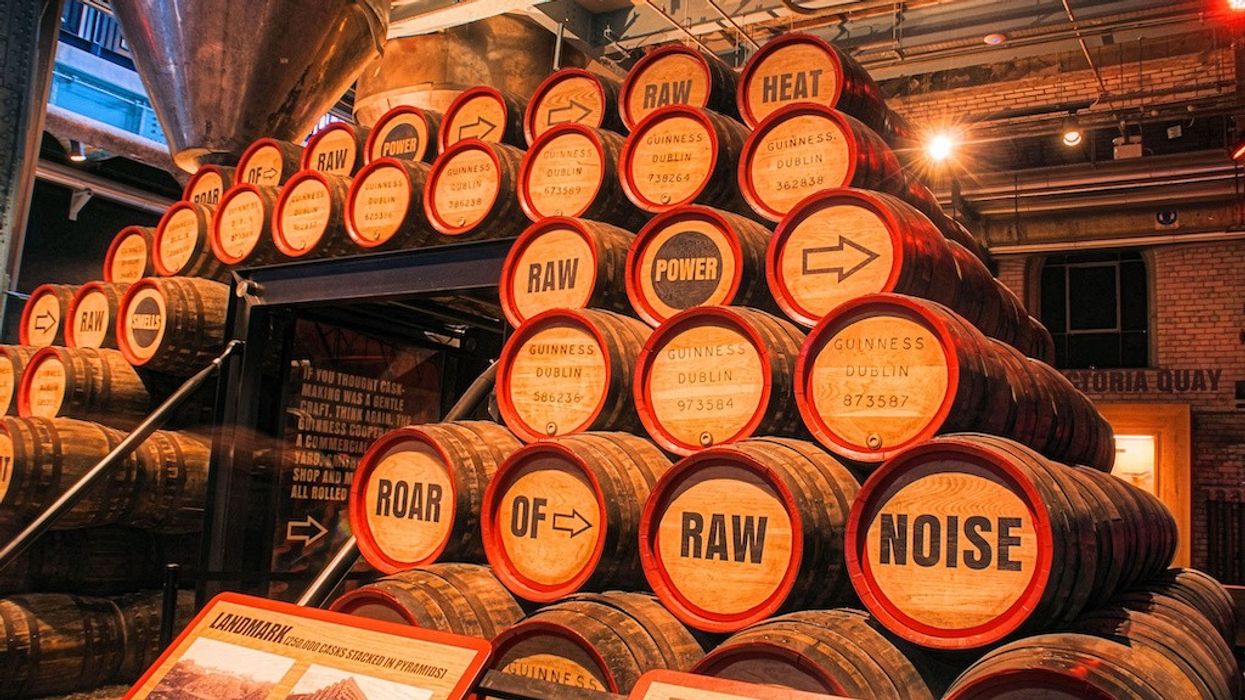
 Christian Lachel, chief creative officer, BRC Imagination Arts
Christian Lachel, chief creative officer, BRC Imagination Arts  Image credit AA+W - stock.adobe.com
Image credit AA+W - stock.adobe.com Chocoversum Image credit Sebastian Fuchs
Chocoversum Image credit Sebastian Fuchs 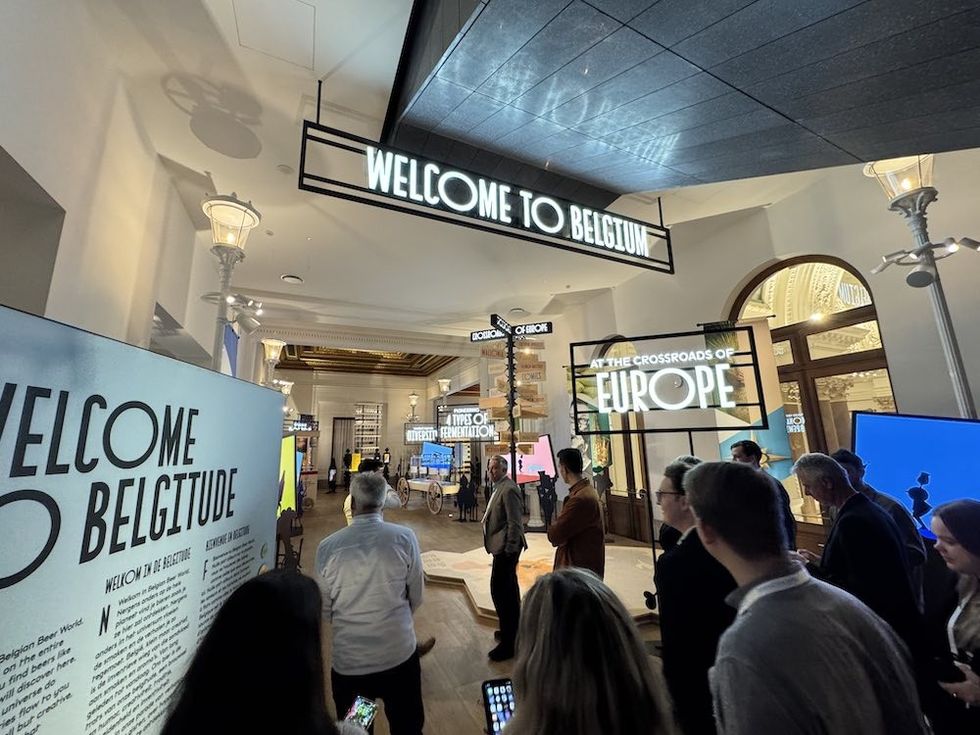 Belgian Beer World
Belgian Beer World 




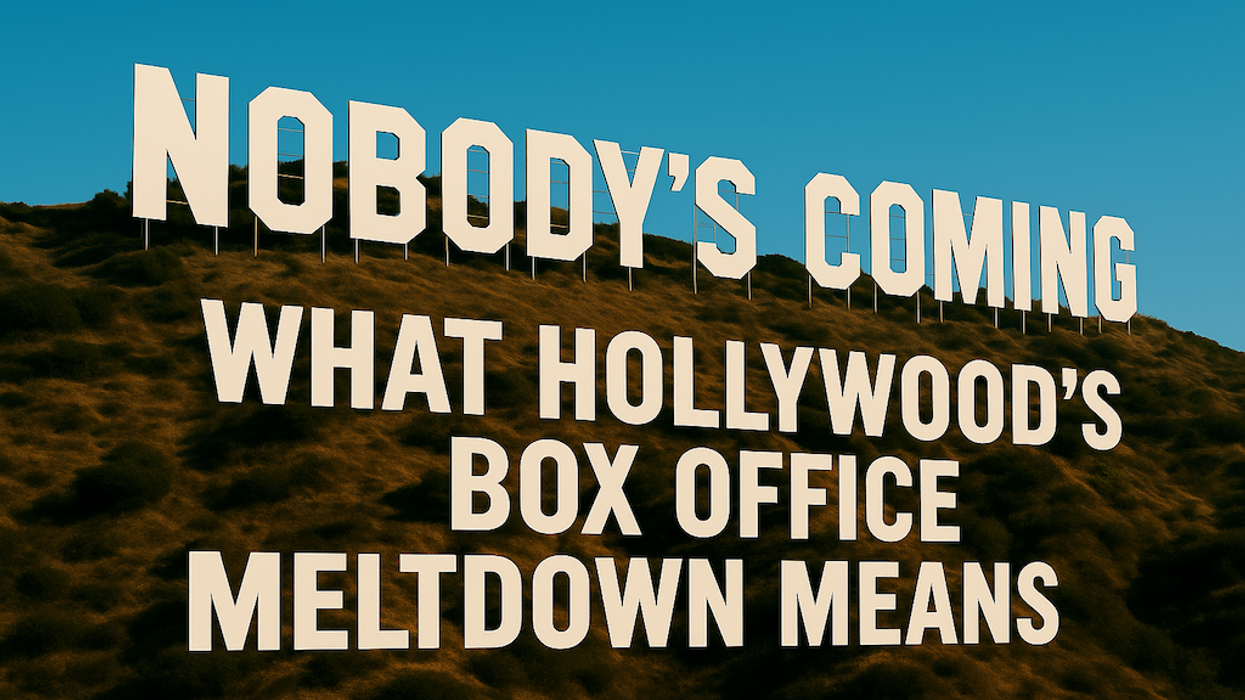
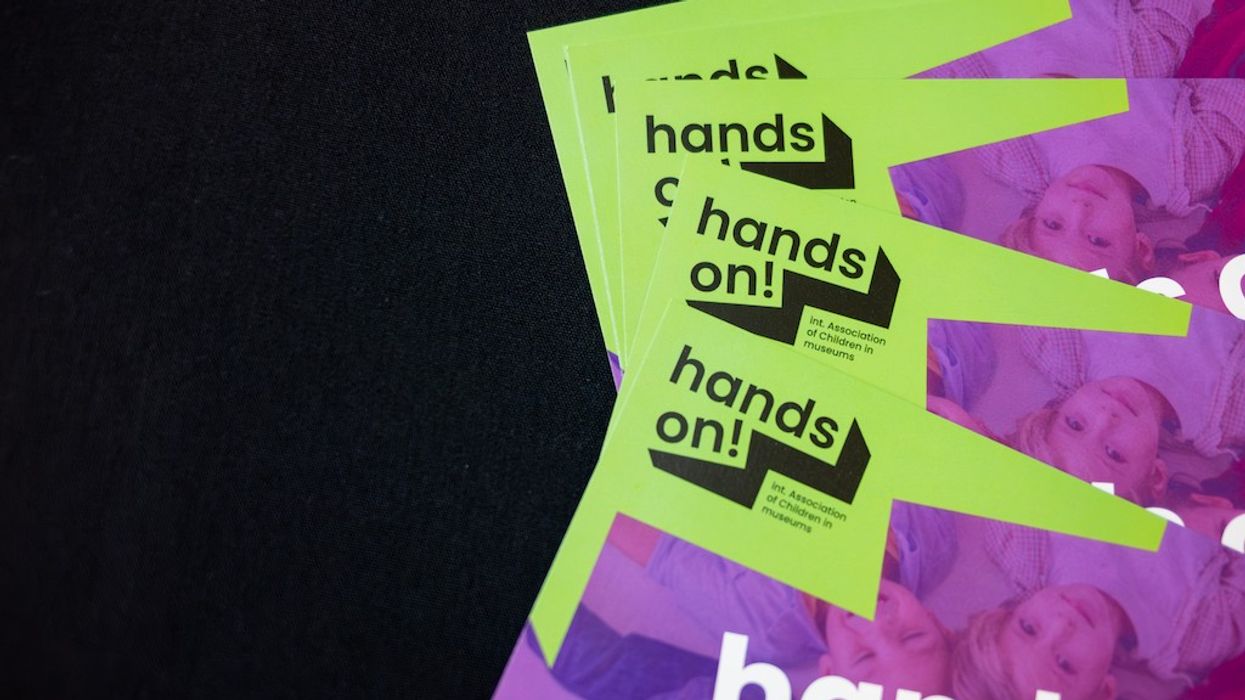

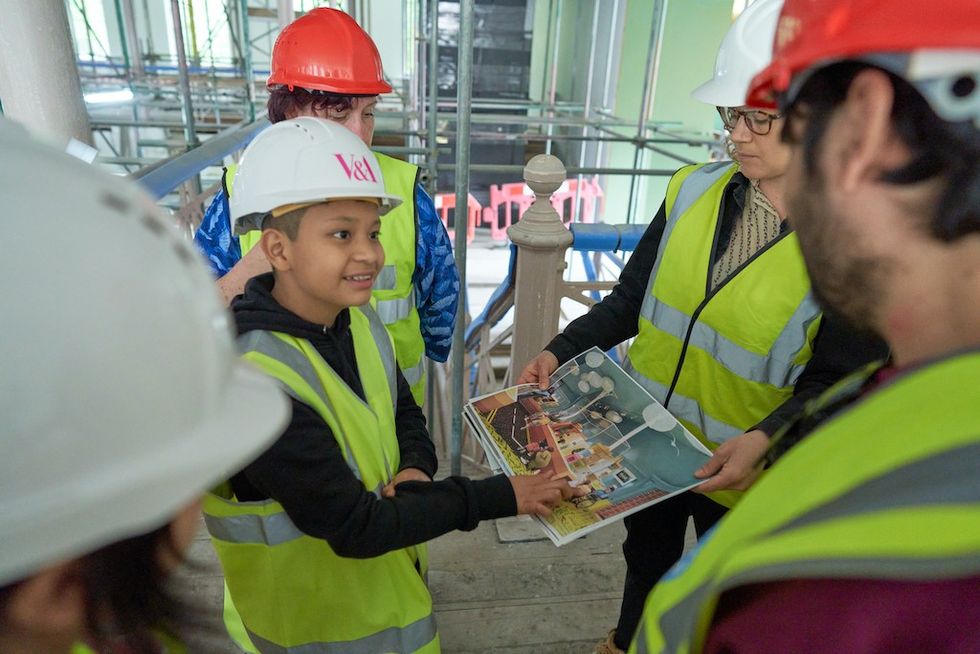 Young V&A Youth Collective members have a tour of the Young V&A construction site. Image courtesy of Young V&A.
Young V&A Youth Collective members have a tour of the Young V&A construction site. Image courtesy of Young V&A. 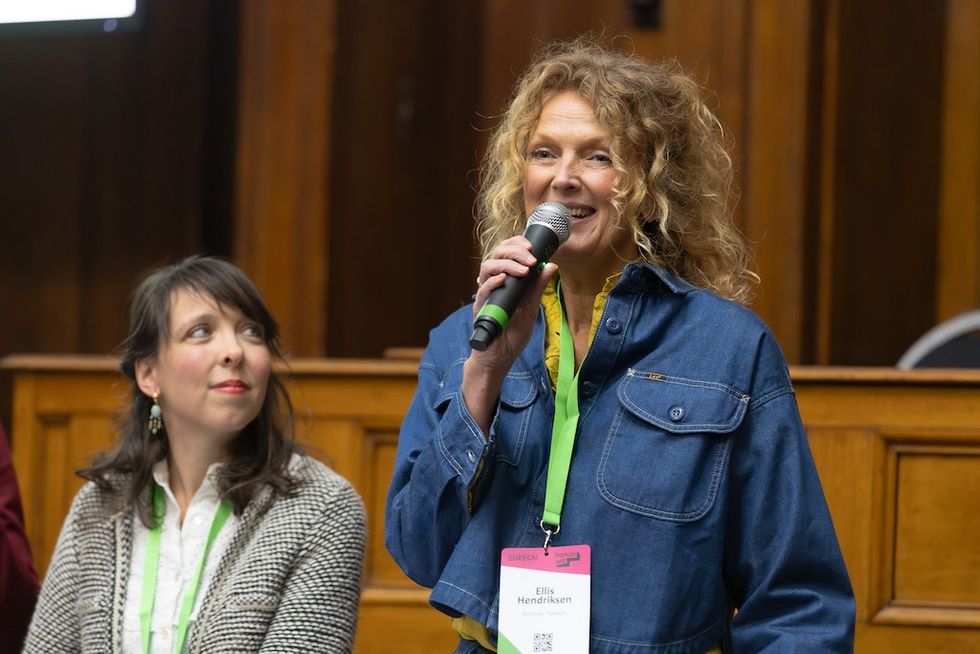 Floriane Perot and Ellis Hendriksen
Floriane Perot and Ellis Hendriksen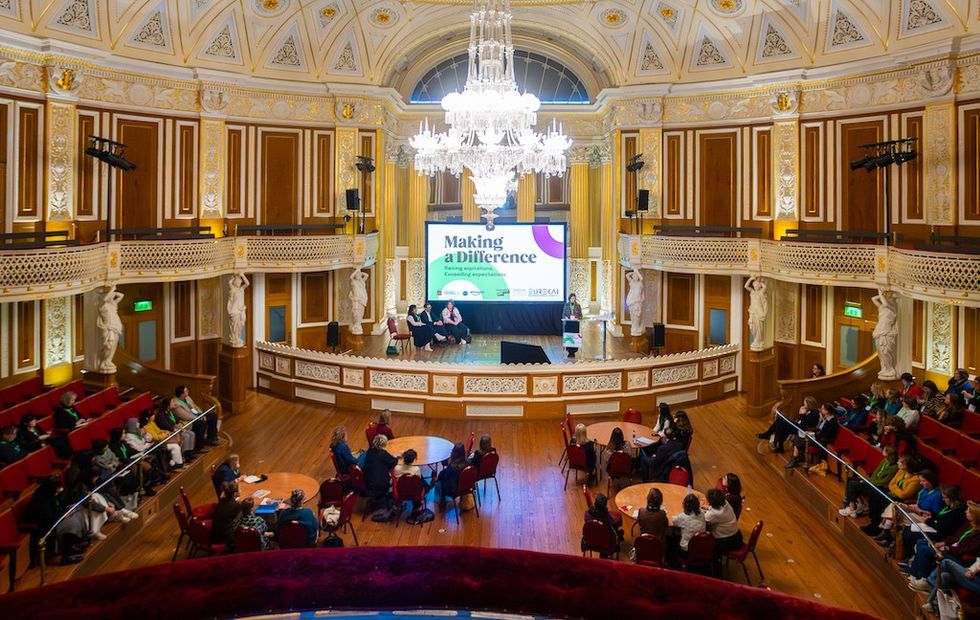
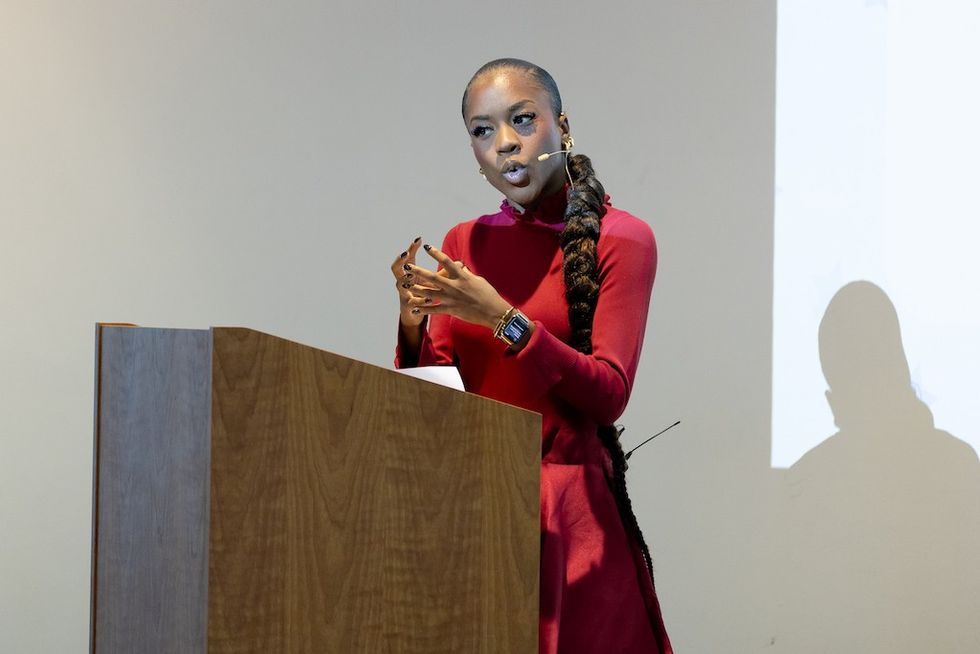 Amber Ogunsanya-William
Amber Ogunsanya-William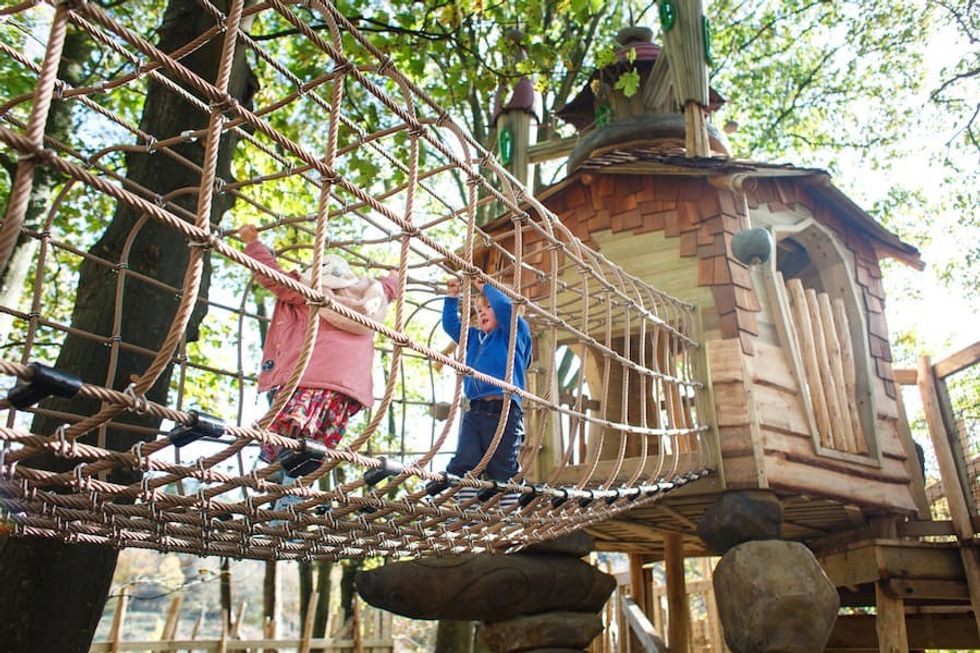 Tumblestone Hollow adventure playground by CAP.CO
Tumblestone Hollow adventure playground by CAP.CO  Ghaleya Al Mansoori
Ghaleya Al Mansoori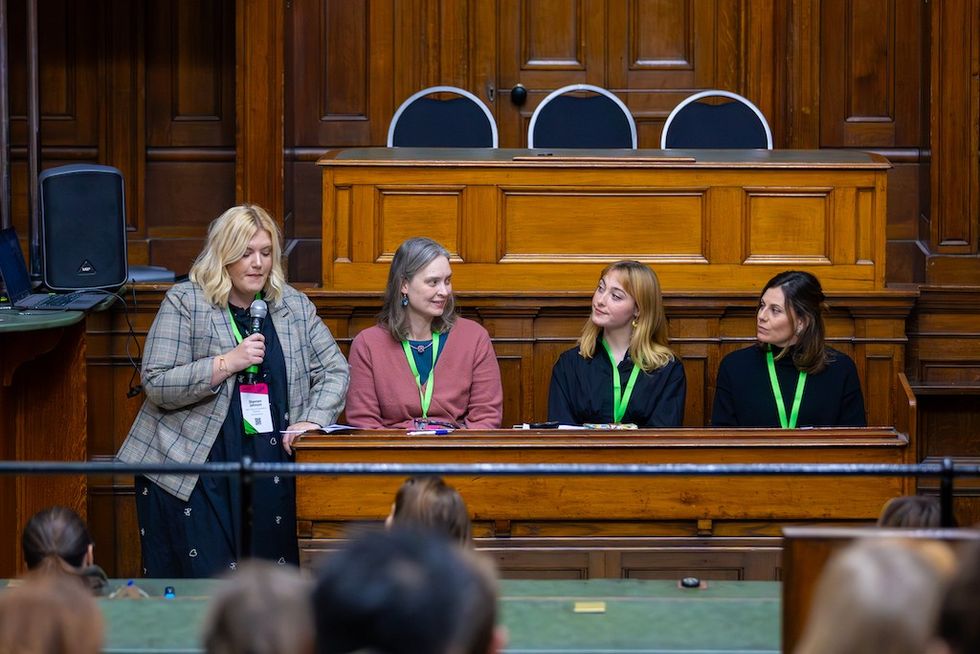
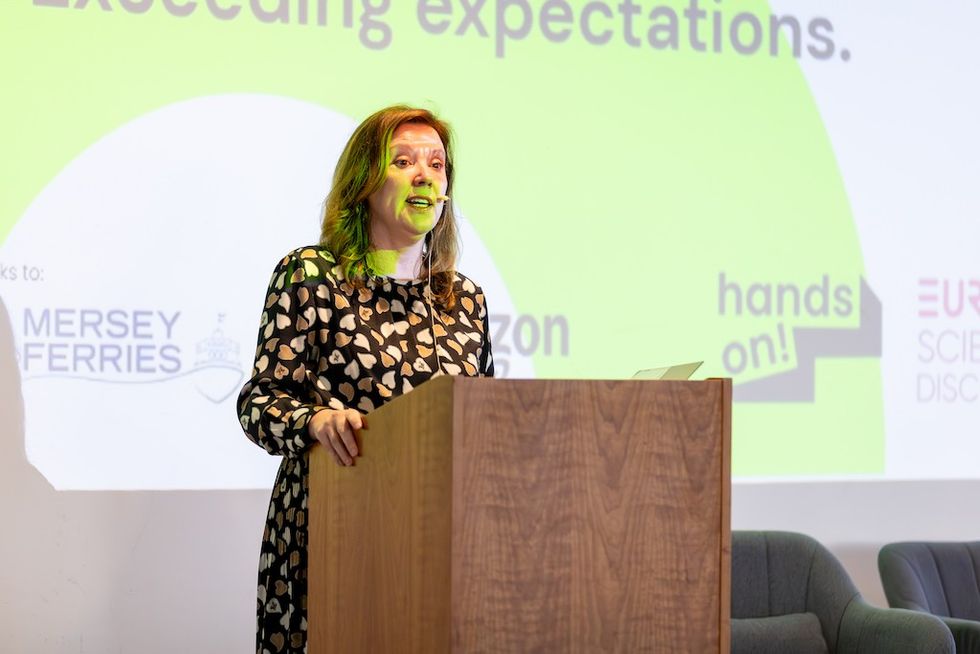 Dame Rachel de Souza
Dame Rachel de Souza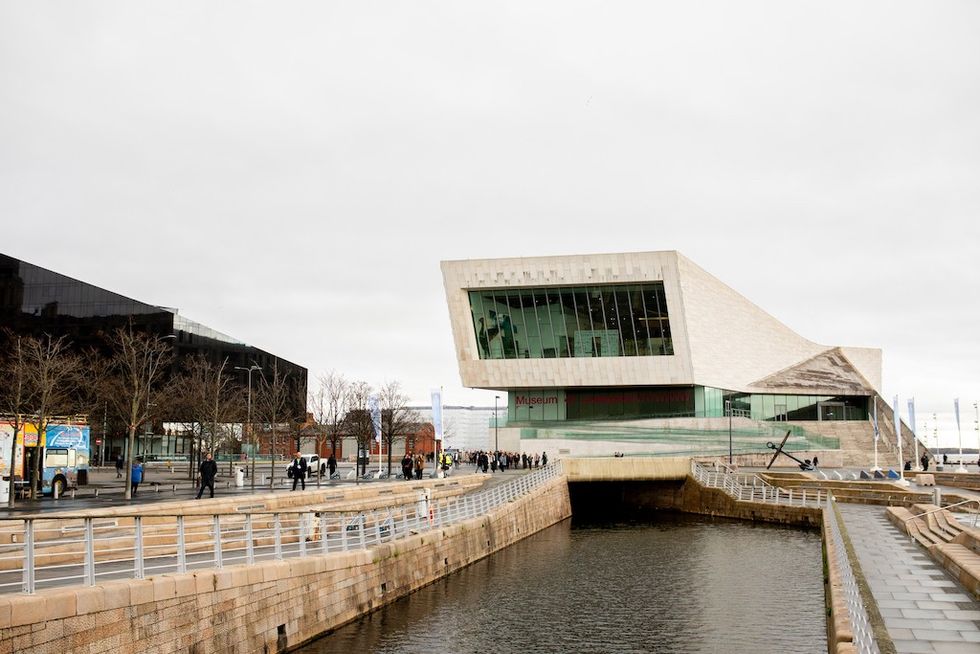 Liverpool Museum
Liverpool Museum
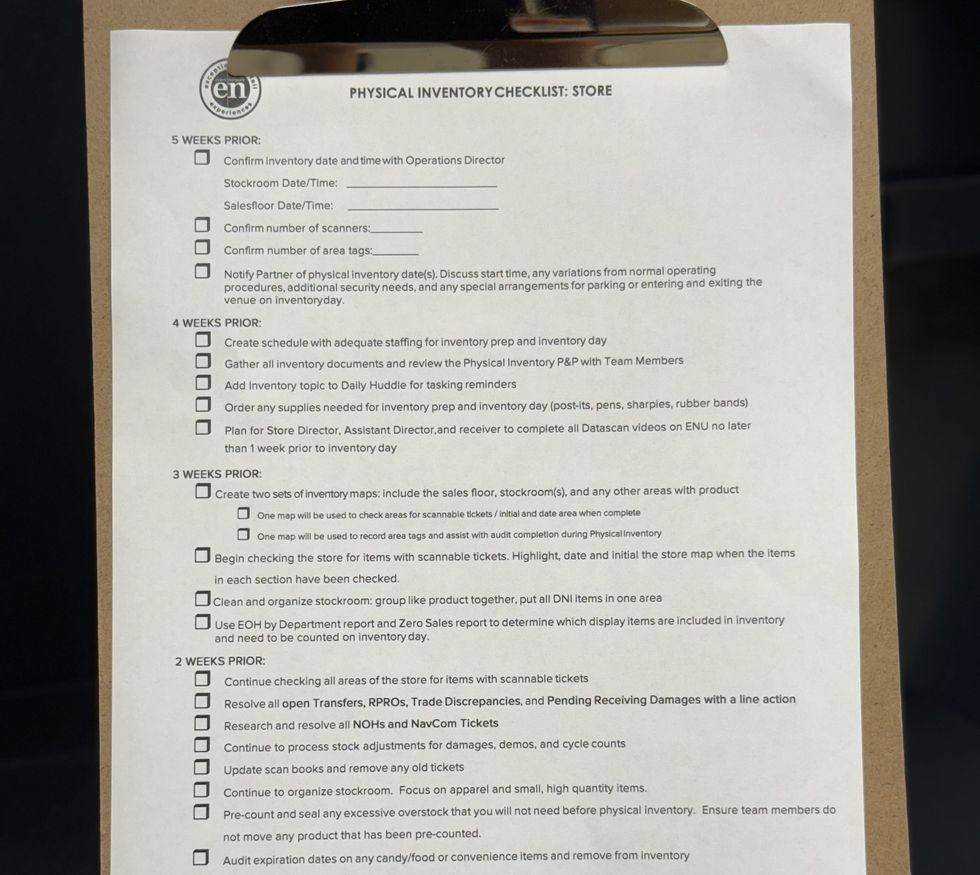

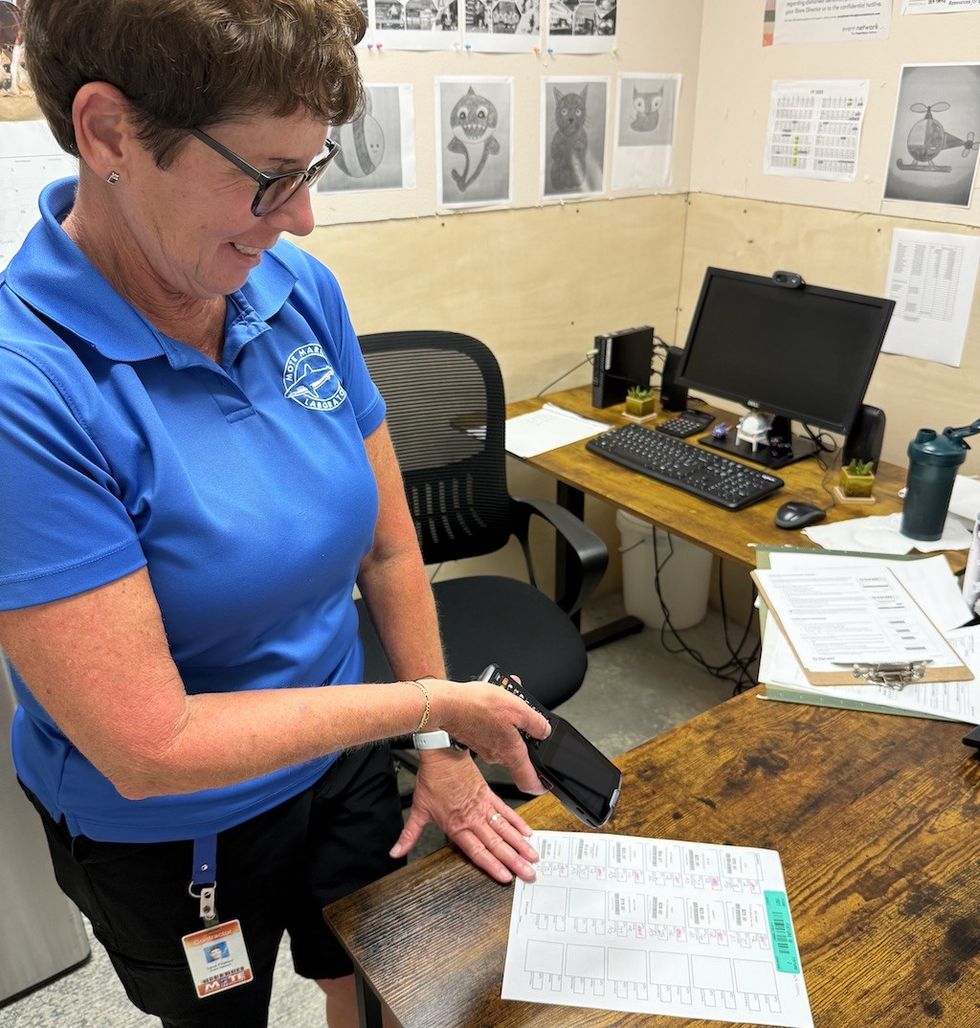


 Guests display a commemorative UN stamp sheet marking the 100th anniversary of the Palace Museum at the UN headquarters in New York, May 2025 (Xinhua)
Guests display a commemorative UN stamp sheet marking the 100th anniversary of the Palace Museum at the UN headquarters in New York, May 2025 (Xinhua)





